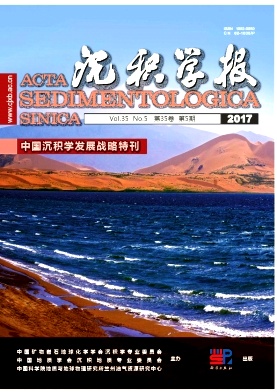A Reappraisal on Development and Prospect of Coal Sedimentology in China
doi: 10.14027/j.cnki.cjxb.2017.05.013
- Received Date: 2017-02-13
- Rev Recd Date: 2017-06-19
- Publish Date: 2017-10-10
-
Key words:
- coal-bearing series /
- coal resources /
- sedimentology /
- multi-phase mire stacking model for accumulation of super-thick coal /
- “deep-time” paleoclimates /
- development strategy
Abstract: Over last three decades, since the theory of sequence stratigraphy was introduced into China, Chinese scholars have made a great progress in coal sedimentology. A number of coal accumulation models has been proposed based on the study of sequence stratigraphy of coal-bearing series, including the episodic coal accumulation, the coal accumulation in transgressive progress, the coal accumulation in transgressive event, and the multi-phase mire stacking model for accumulation of super-thick coals. The synchronous sequence stratigraphic units were combined with the lithofacies paleogeography, which have promoted the reconstruction of paleogeography of different coal-accumulating periods. The coal-rich zones of different coal-accumulating periods were predicted based on analysis of migration of coal-accumulating centers in sequence stratigraphic framework. The study of coal facies and sedimentary organic facies as an important tool in source rock assessment has been focused in the exploration of the coalbed methane and shale gas resources. The concept "coal system" has been proposed to integrate various kinds of information of coal basins, including the original characteristics of peat, the stratigraphic framework of coal-bearing series, abundances of coal seams, and sulfur contents in coal in terms of depositional environments and paleoclimates, and metamorphic degree or ranks of coals. In recent years, coal, as an important archive of geo-information, has been used in the study of the "deep-time" paleoclimates. Inertinite macerals of coal have been used to infer the fire events of the paleo-mires in relation to the paleo-atmospheric oxygen levels. Milankovitch cycles identified in coal seams have been used to time the coal deposition and to estimate the carbon accumulation rates of paleo-mires as well as the global CO2 trends. Future studies of coal sedimentology will be focused on the sequence stratigraphic pattern of different tectonic coal basins, and the prediction model of high-quality coal resources and unconventional gases (coalbed methane and shale gas) in the sequence stratigraphic framework. The further efforts will also be put on the significance of coals in the study of long-term and short-term paleoclimate variation of the earth.
| Citation: | SHAO LongYi, WANG XueTian, LU Jing, WANG DongDong, HOU HaiHai. A Reappraisal on Development and Prospect of Coal Sedimentology in China[J]. Acta Sedimentologica Sinica, 2017, 35(5): 1016-1031. doi: 10.14027/j.cnki.cjxb.2017.05.013 |






 DownLoad:
DownLoad: